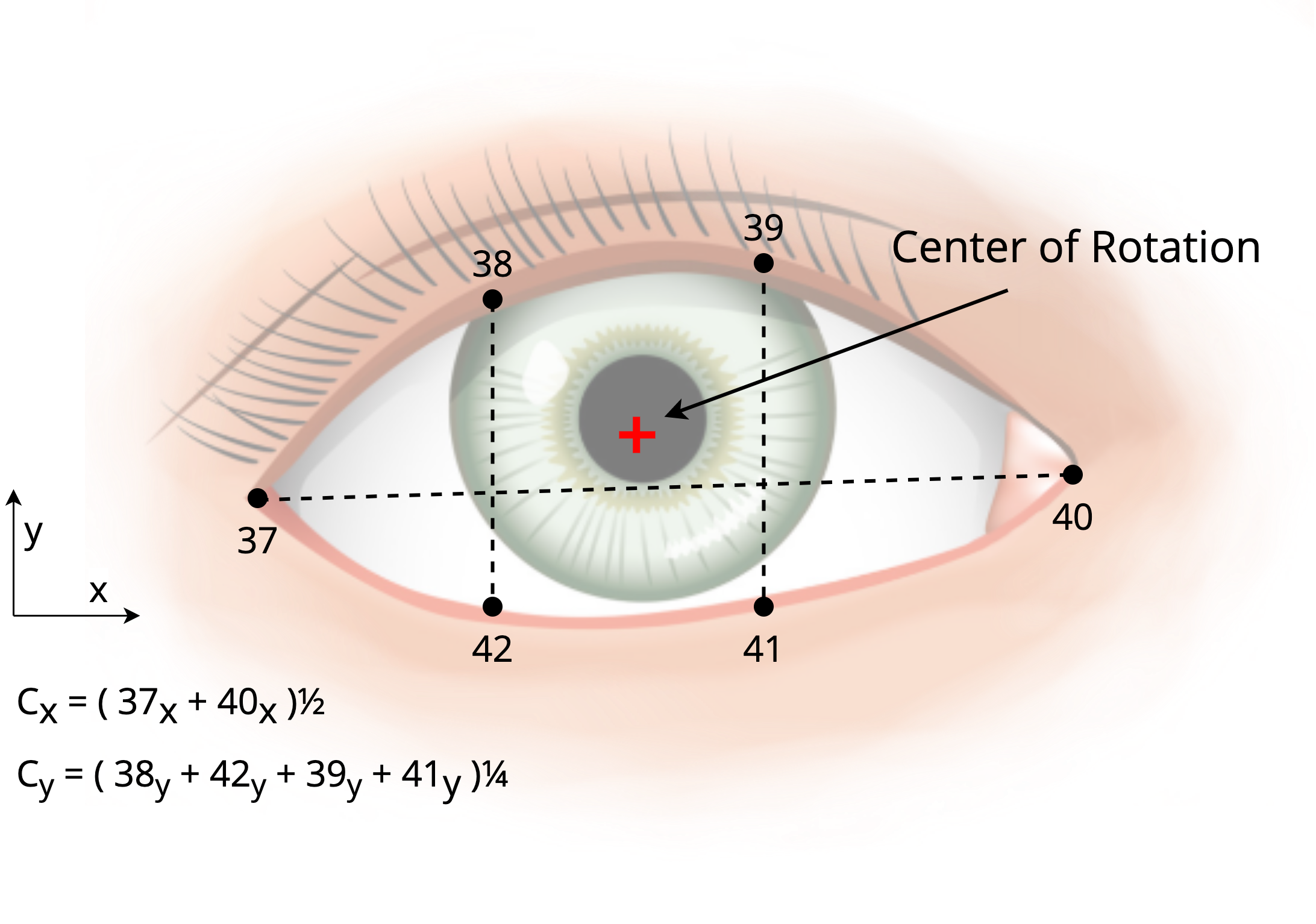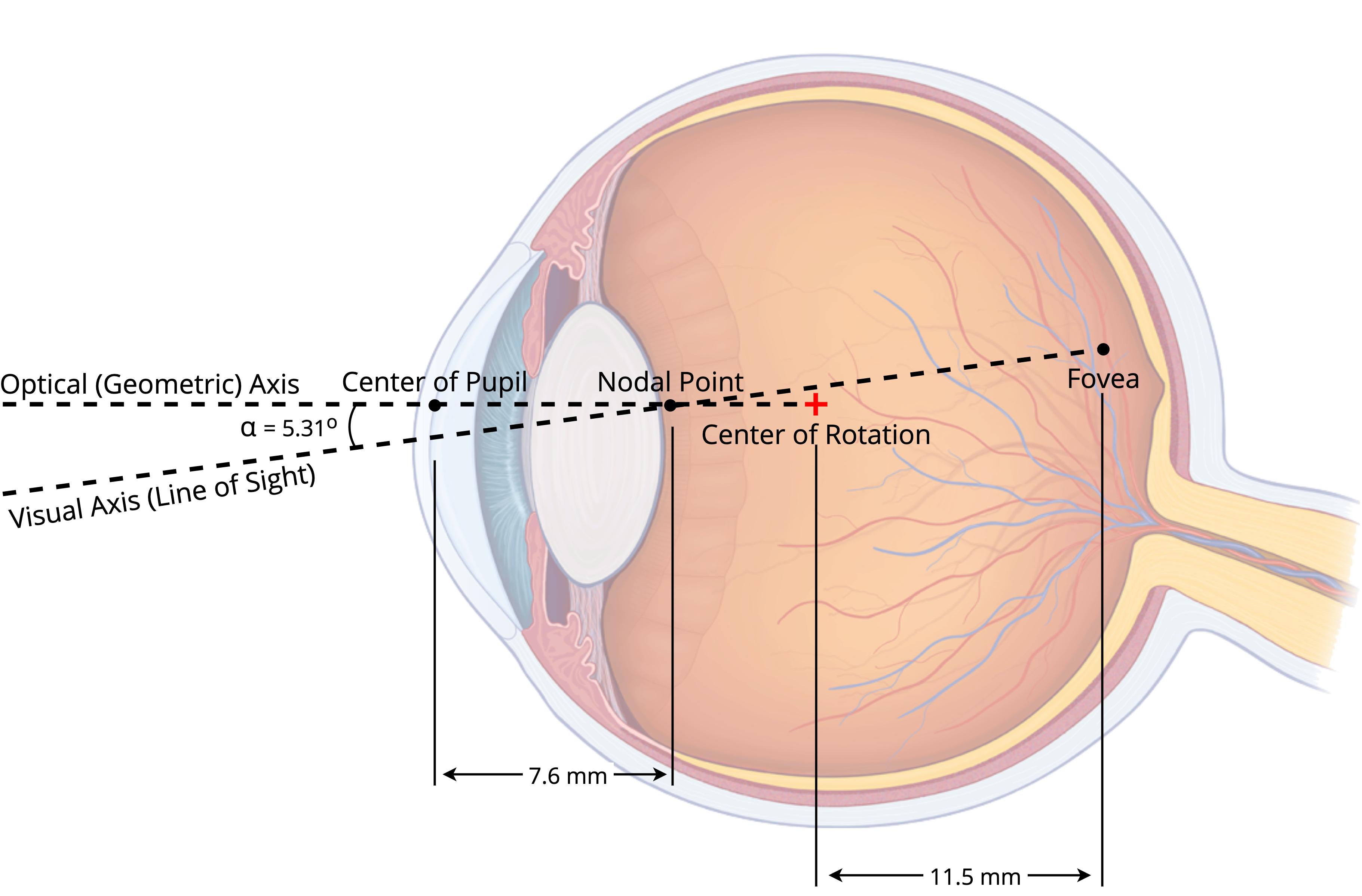For example:
Say you wanted to draw a flowerpot.
You would first look at the flowerpot.
Then think about what the flower pot looks like, and determine the best way to represent it in 2D.
Without even thinking about it, your brain would then send a signal to the neurons in your arm to contract and relax the necessary muscles needed to move your arm (and pen) across the page.
The movement of your arm, and the pressure of the pen on the paper would cause the ink to be released from the pen and onto the page effectively generating a rudimentary drawing.
Once you've finished your mark, you'll look down at the page in order to see the fruits of your labor and consider what your drawing looks like.
You'll then shift your gaze back to the original object in order to compare the visual setpoint to your drawing and determine any needed corrections.
This process will then repeat over and over again until you are fully satisfied that your drawing does not need any additional corrections in order to look like your setpoint.
By preforming blind contours, however, drawing is no longer a feedback loop but a linear process because the perception of the output and its subsequent comparison to the visual setpoint are eliminated from our block flow diagram.
This suggests that our perception of the drawing functions as a feedback controller that standardizes and sterilizes how we experience reality. But what causes the initial diversions from this standardized version of reality that is apparent in the blind contour drawings and leads them to being so different from one another?
We begin our investigation with the simplest node to investigate: the muscular response.
The neuro-muscular response is initiated by a synapse occurring within a neuron located in the primary motor cortex (M1). The signal then proceeds to travel through a series of neurons where it ends in the stimulation of muscle fibers that subsequently contract (or relax) muscles to generate movement.

































